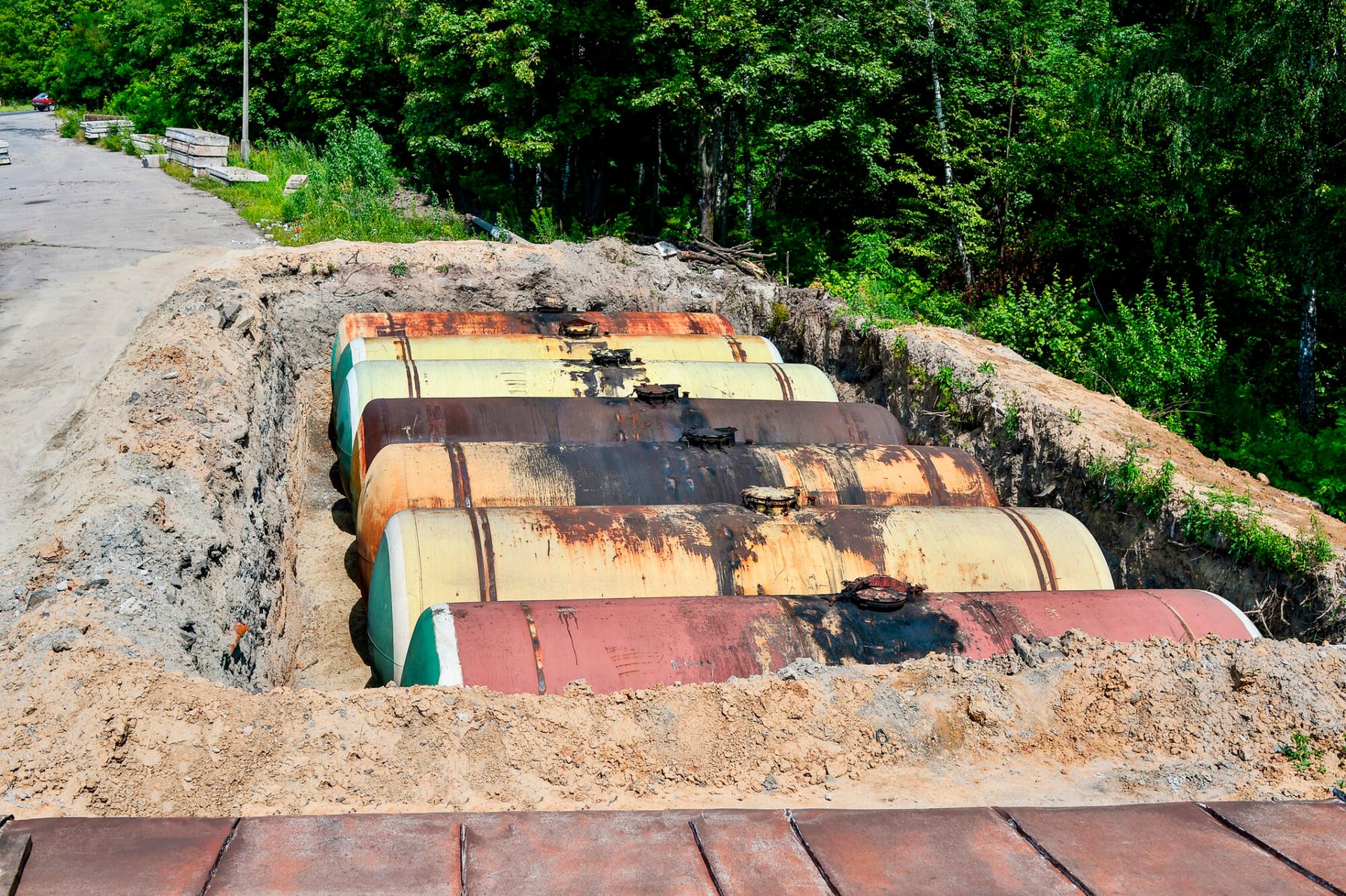
Guidance May Impact Compliance Procedures for LNAPL Recovery and Remediation
In February 2023, the United States Environmental Protection Agency (EPA) issued a communication that provided important clarifications on the basis of federal regulations governing free product removal and their expectations on how free product removal and remediation should be addressed. The EPA’s clarifications support a modern framework for light non-aqueous phase liquid (LNAPL) site management and may impact compliance procedures for recovery and remediation.
Regulatory Background
Federal requirements for free product removal from underground storage tanks were established in 1988 (40 CFR 280.64):
“At sites where investigations…indicate the presence of free product, owners and operators must remove free product to the maximum extent practicable as determined by the implementing agency…”
Albeit short, this requirement was extremely consequential relative to the regulations and policy subsequently developed by state Underground Storage Tank (UST) programs, and to the scope of work and cost incurred by those responsible for corrective action of UST releases. Some state agencies have taken the position that the accumulation of ANY free product in a monitoring well triggers removal, while others have onerous “maximum allowable thickness” criteria. Furthermore, some agencies have applied this “free product removal to the maximum extent practicable” standard (often referred to as the maximum extent practicable or MEP requirement) to releases from something other than a UST (or aboveground storage tank [AST]), such as a pipeline; or even to the presence of hydrocarbons in the form of dense, nonaqueous phase liquid (DNAPL).
Depending on the scale of the site, addressing the MEP requirement can cost responsible parties hundreds of thousands or even millions of dollars, even when ongoing product removal does not provide commensurate value in terms of reducing risk or altering the scope of appropriate long-term site stewardship.
Important EPA Clarifications and Expectations
In their February 2023 communication, the EPA emphasized that 40 CFR 280.64 does NOT require removal of all measurable free product, clarified that the objective underlying the MEP requirement was to prevent migration and acknowledged that not all free product in the subsurface is capable of migrating.
The communication states: “The federal regulation was written to require owners to remove free product during the early phases of a response to a confirmed release. EPA’s intention was to mitigate the risk of free product spreading to uncontaminated areas of a site.”
Recovery potential is greatest in the early stages of a response when LNAPL saturations are higher and in a more limited footprint. If aggressive recovery is undertaken soon after a release, a significant portion or even the majority of the LNAPL mass can be recovered, and the potential for further migration can be effectively mitigated. By contrast, at old release sites where migration expanded the footprint of the LNAPL zone and where water table fluctuations and other natural processes have reduced the LNAPL saturation within the footprint, free product recovery efforts are unlikely to significantly alter the potential for further migration or other potential risks posed by the residual LNAPL.
In their communication, the EPA recognized that the understanding of LNAPL mobility and behavior has increased significantly in the 35 years since promulgation of 40 CFR 280.64, and that even the “free product” term has been superseded by modern definitions of LNAPL in its various states of potential mobility.
The following are key definitions from the Interstate Technology and Regulatory Council (ITRC)1 LNAPL-3 guidance (endorsed by the EPA in the communication):
Residual LNAPL: The fraction of an LNAPL body that will remain immobile and hydraulically unrecoverable under prevailing hydraulic conditions (i.e., will not flow into a well).
Mobile LNAPL: LNAPL that exists above residual saturation levels such that it may be observed in wells. Mobile LNAPL has the potential to migrate, but not all mobile LNAPL is migrating LNAPL.
Migrating LNAPL: A LNAPL body that is expanding laterally or vertically into areas previously un-impacted by LNAPL.
In their communication, the EPA specifically acknowledged that abatement of mobile and residual LNAPL is not necessary to meet the MEP requirement of 40 CFR 280.64.
The EPA also acknowledged the importance of a risk-based approach to LNAPL site remediation and the need for remediation decision-making to consider potential risks posed by further groundwater contamination or vapor intrusion. In their communication, the EPA recommended that the approaches to assessing and remediating LNAPL described in ITRC’s LNAPL-3 guidance be considered by the implementing agencies. LNAPL-3 is a web-based guidance document that provides clear guidance on understanding and setting risk-based remediation goals, understanding the appropriate role of LNAPL recovery, recognizing the practical endpoint of LNAPL recovery operations, and when to transition to technologies more appropriate for remaining LNAPL (including Natural Source Zone Depletion or NSZD).
In the brief update on free product removal provided in the EPA’s February 2023 communication, the EPA does not delve into the details of any specific state regulations, or specific alternatives to state free product recovery criteria (e.g., maximum allowable LNAPL accumulation in monitoring wells). However, in their recommendation to consider the ITRC LNAPL-3 guidance, the EPA is opening the door to the modern paradigm and tools for assessing LNAPL recovery, including LNAPL transmissivity (a metric far superior to LNAPL thickness measurements for assessing LNAPL recoverability) and NSZD rate measurements (as a metric to be considered in establishing an LNAPL recovery endpoint).
TRC Strategic Tip
The EPA’s February 2023 communication should be a useful tool in advocating for the application of knowledge-driven, risk-based approaches to LNAPL recovery and LNAPL site remediation when dealing with regulatory agencies that have not yet fully transitioned to the modern framework of LNAPL site management.


